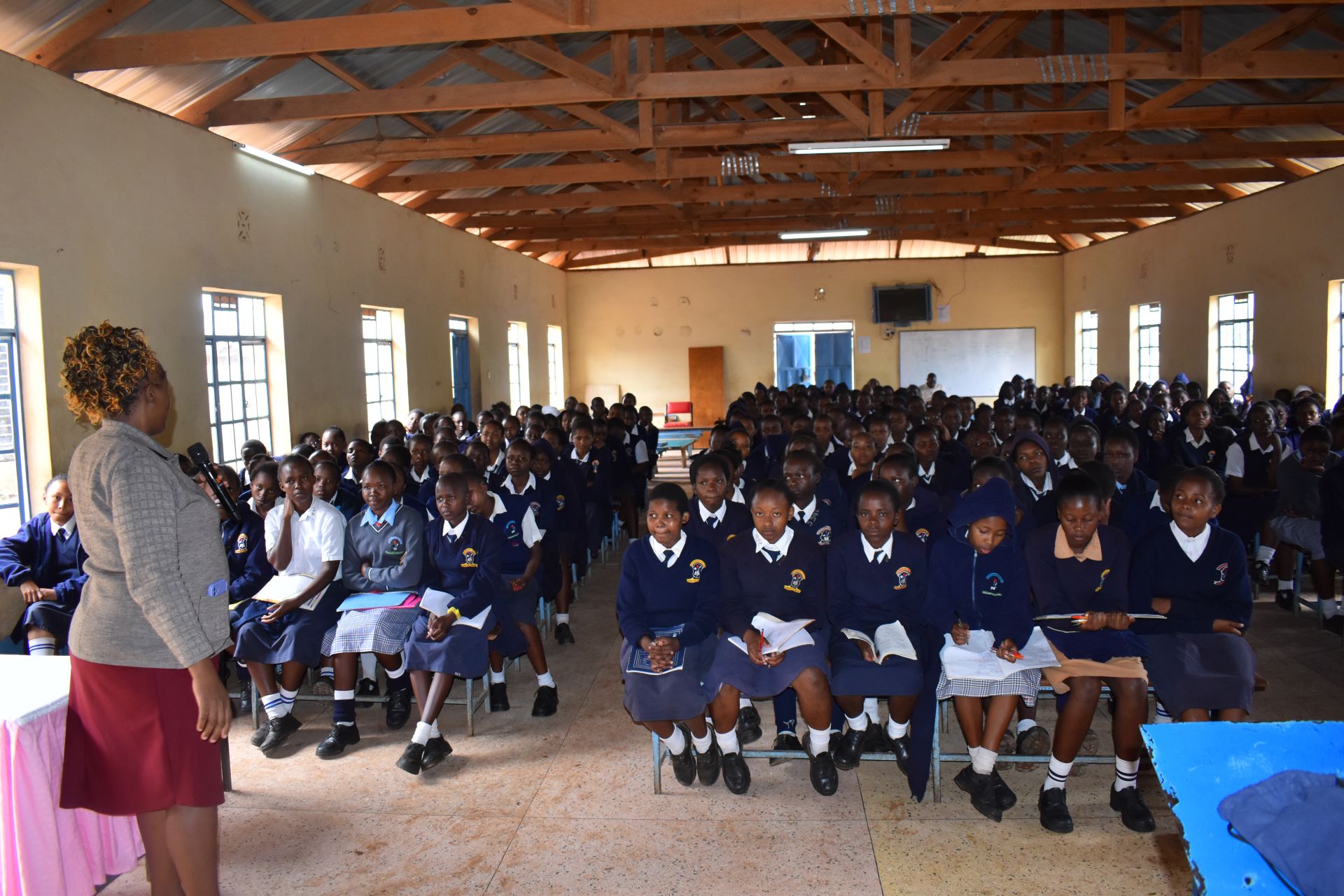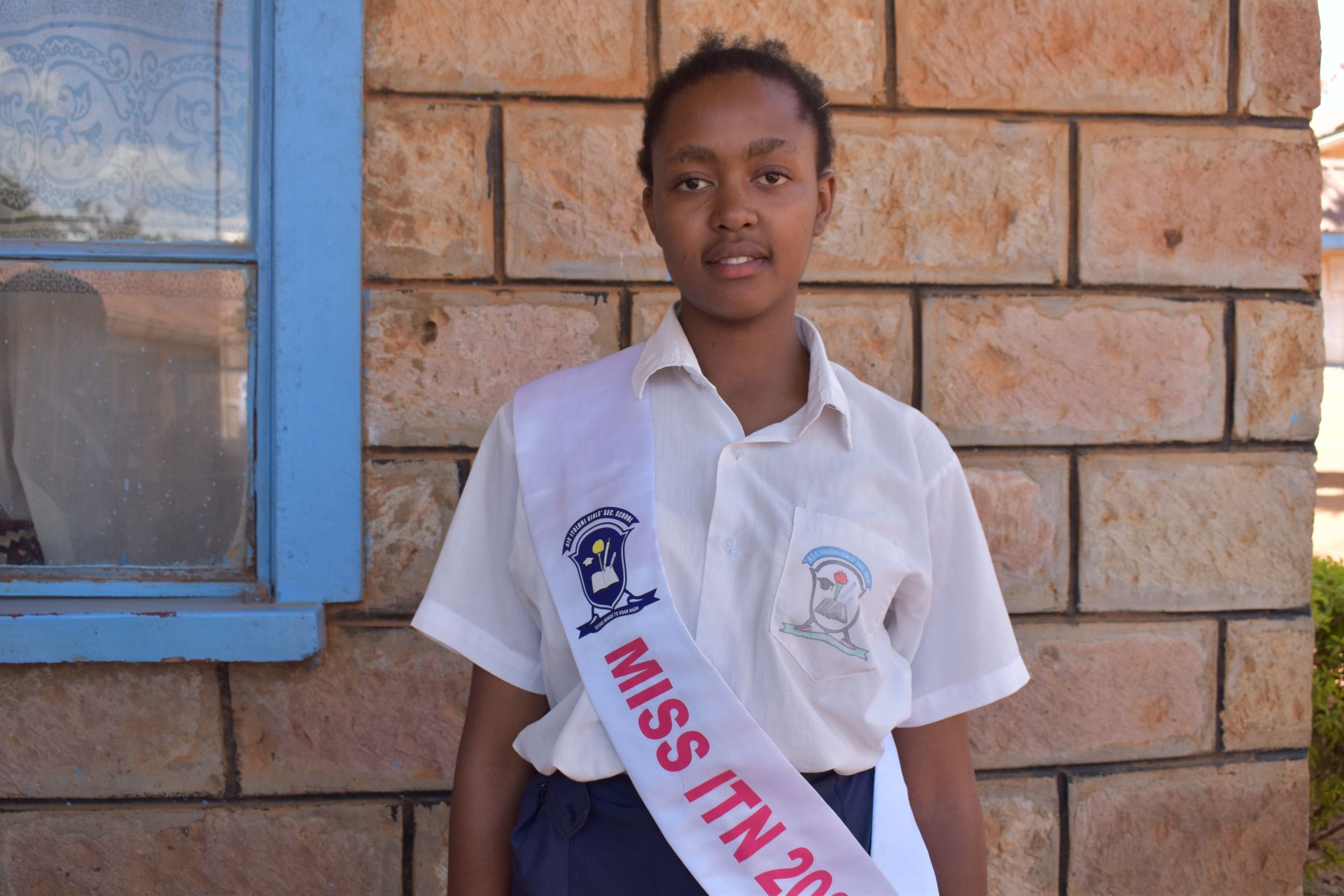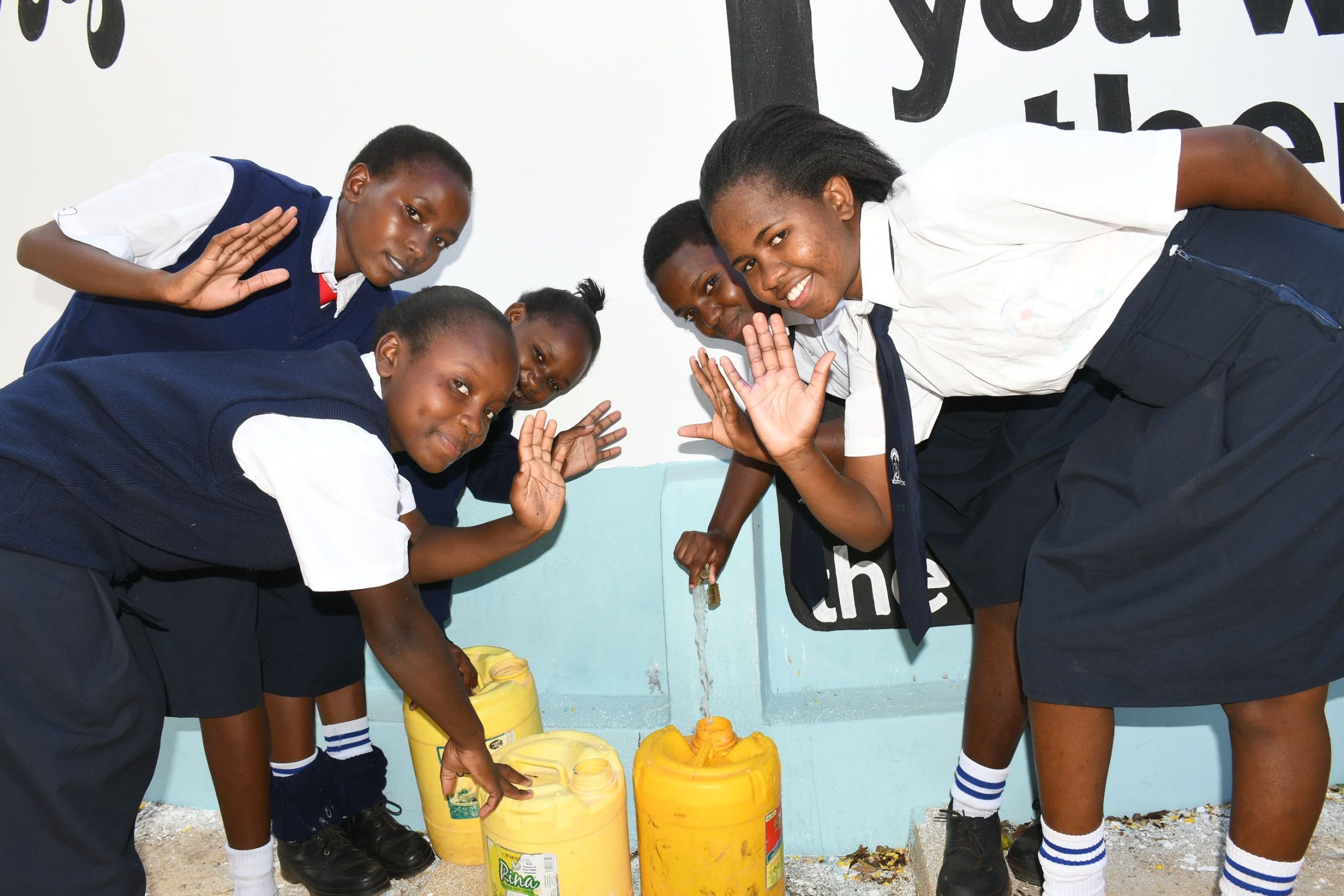The 480 students and 34 staff members of the Itoloni Girls Secondary have several water source options, but they create more problems than they solve. The rain tanks on campus run dry quickly because there is too short a rainy season to replenish them, and the water from the off-campus community well is expensive and unreliable.

The school's current insufficient rain tanks.
"The current water sources are not reliable because they quickly run dry. For instance, the available rain harvesting tanks are too small to harvest enough rainwater during the short rains; hence, they can only serve the school for a short period. The water from the community borehole is also shared with the rest of the community, and the school fails to get [a] reliable supply. The school also has to pay for the borehole water or purchase from water vendors which is very costly. The borehole water is also prone to damage, which inhibits the supply of water to the school," shared Field Officer Alex Koech.
17-year-old student Susan shared her experience. "Inadequate access to water at our school compromises our hygiene practices, such as handwashing, bathing, and washing clothes. Poor hygiene has led [to] illness, culminating into absenteeism during exam periods or reduced performance due to illness-related fatigue. It is also difficult to concentrate in class when we are distracted by thirst and an unhygienic environment, which has led to poor academic scores."

Susan.
"We do not have enough storage facilities in our school to store water from the short downpours when we are in school. We are also many, and not everyone can get water to satisfy their needs, which makes things really difficult for us," she continued.
Without enough water to meet everyone's needs, students struggle to focus in class and on homework. The school can't afford to pay for sufficient water delivery, so when their rain tank is dry, they are forced to make hard choices. Students' meals are often extremely delayed, so they are hungry and thirsty all day without a chance for reprieve.

Students in class.
"My schoolmates struggle for water when it is available, which leads to quarrels and [the] bitter exchange of words, especially when someone jumps the queue. It is frustrating to go and fetch water because everyone is scrambling for water during the limited time we have during breaks," added Susan.

Students waiting for their turn to collect water.
"With a large tank like the proposed 104,000-litre masonry tank, the school can store a substantial amount of rainwater during the short rains. This capacity ensures that even during dry periods, there is enough stored water to meet the needs of the school. The current sources, such as small rain harvesting tanks and the community borehole, are inadequate and unreliable. The masonry tank would provide a reliable and consistent water supply because it can store enough water to last through periods when other sources run dry," Alex concluded.
Installing a new, large rainwater harvesting tank will give Susan and her classmates enough water to meet their needs. When their needs are met, they will have the capacity to thrive! Susan dreams of being a doctor, and with accessible, sufficient water, her possibilities are endless!
Steps Toward a Solution
Our technical experts worked with the local community to identify the most effective solution to their water crisis. Together, they decided to construct a rainwater harvesting system.
Rainwater Harvesting System
A rainwater collection system consists of gutters that channel rainwater effectively into large holding tanks. Attached to buildings with clean, suitable roofing, these systems are sized according to the population and rainfall patterns. Water can be stored for months, allowing for easy treatment and access. Learn more here!
Handwashing Stations
Alongside each water source, we install two gravity-fed handwashing stations, enabling everyone at the school to wash their hands. Handwashing is crucial for preventing water-related illnesses within the school and community. Student “health clubs” maintain the stations, fill them with water, and supply them with soap, which we often teach them how to make.
School Education & Ownership
Hygiene and sanitation training are integral to our water projects. Training is tailored to each school's specific needs and includes key topics such as proper water handling, improved hygiene practices, disease transmission prevention, and care of the new water point.
To ensure a lasting impact, we support forming a student health club composed of elected student representatives and a teacher. These clubs promote hygiene practices schoolwide and keep handwashing stations well-stocked. This student-led model encourages a sense of ownership and responsibility.
Safe water and improved hygiene habits foster a healthier future for the entire school.

 Rainwater Catchment
Rainwater Catchment
 Rehabilitation Project
Rehabilitation Project














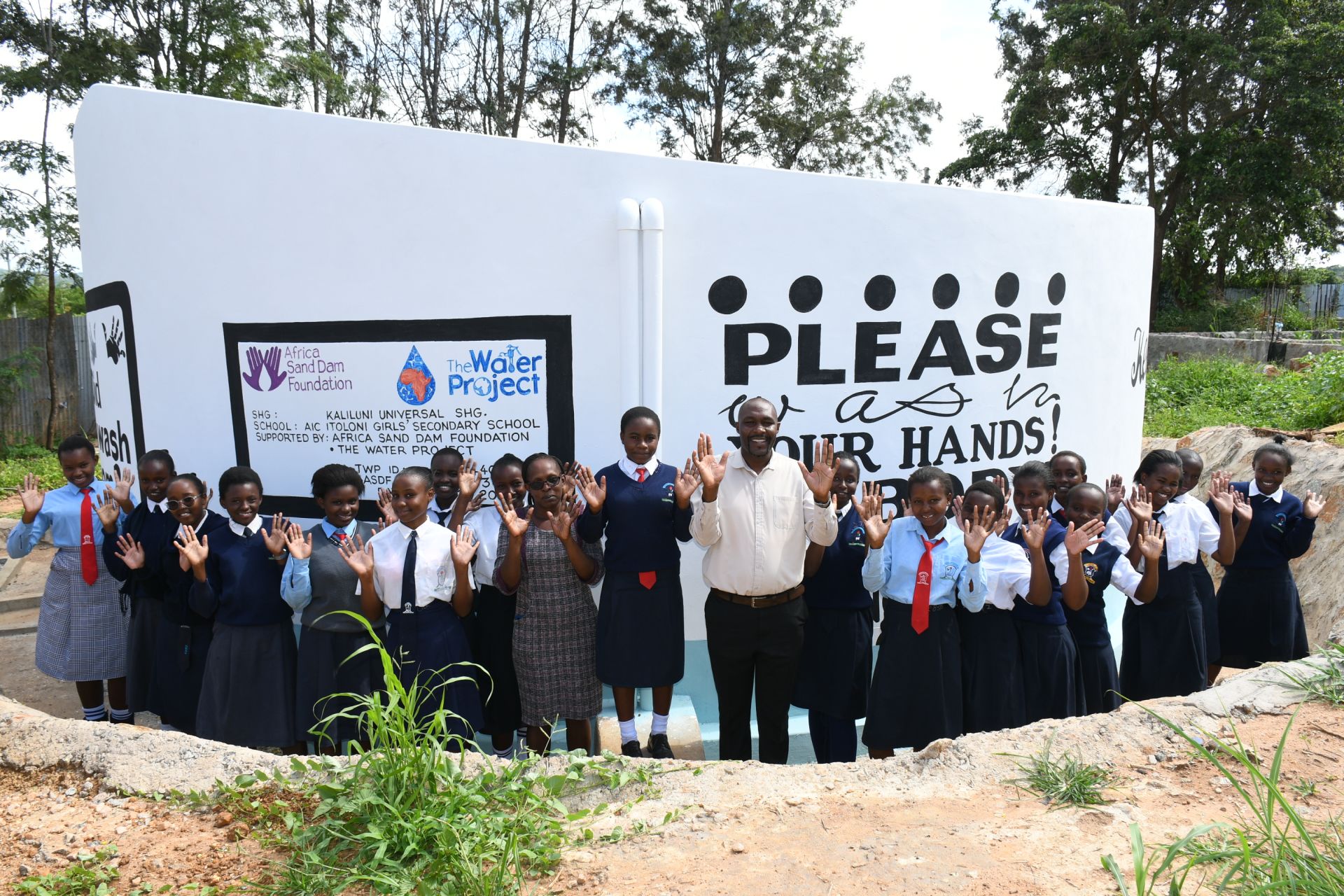

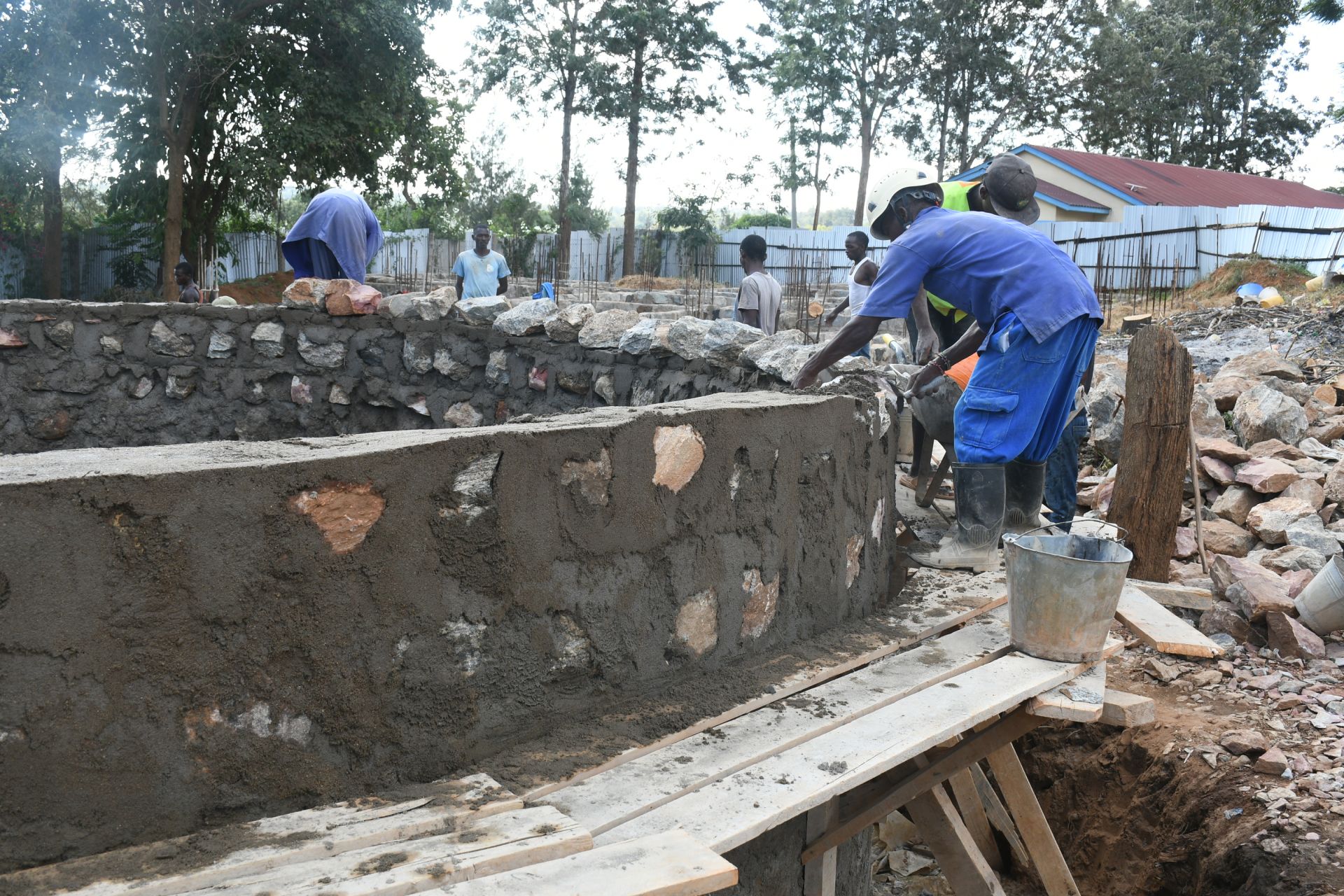

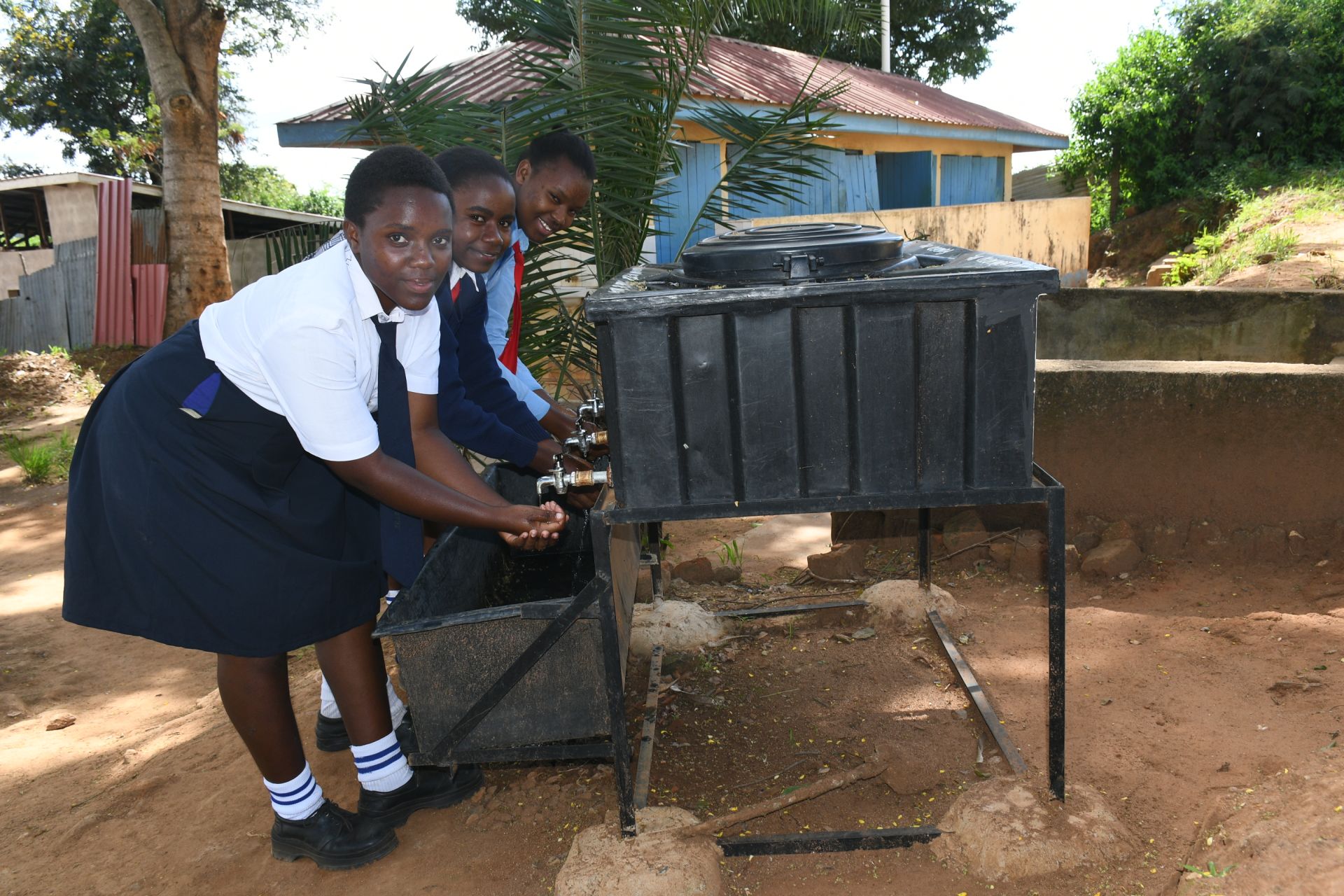 We delivered three new handwashing stations in time for training. Each new station has three taps, so that nine students can wash their hands simultaneously.
We delivered three new handwashing stations in time for training. Each new station has three taps, so that nine students can wash their hands simultaneously.